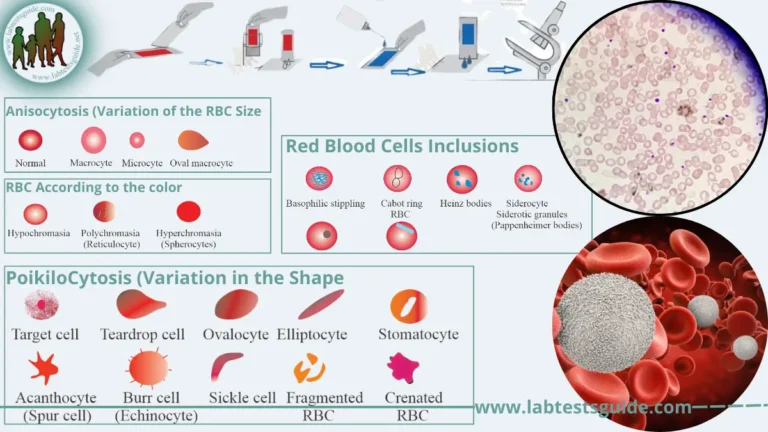Cryoglobulins are abnormal proteins that can clump together at low temperatures, usually below normal body temperature. They are present in small amounts in the blood serum of some people, but can cause problems when they form clumps (cryoprecipitates) under certain conditions, often in response to cold.

Types:
There are three types of cryoglobulins:
- Type I: Contains a type of monoclonal immunoglobulin (antibody). It is often associated with certain blood cancers, such as multiple myeloma or lymphoma.
- Type II: A mixture of monoclonal immunoglobulins (similar to type I) and polyclonal immunoglobulins. This type is often associated with hepatitis C infection.
- Type III: Contains only polyclonal immunoglobulins. It is also commonly associated with hepatitis C infection.
Cryoglobulinemia occurs when these cryoglobulins build up in small blood vessels, causing skin discoloration (purpura), joint pain, weakness, and, in severe cases, organ damage due to reduced blood flow. Various symptoms occur, such as seizures.
Treatment usually involves addressing the underlying cause, if known, such as treating an infection such as hepatitis C or managing an underlying condition such as blood cancer. Additionally, in severe cases, medications that suppress the immune system may be prescribed to reduce symptoms and prevent further complications.
Cell Morphology:
Cryoglobulins are antibodies that freeze below ~37°C. Especially in areas of the body that may be very cold (face, fingers and toes, etc.), there is a possibility that these antibodies may intensify in vivo and cause blockage and inflammation of blood vessels. Antibodies of type IgG, IgM or IgA can be monoclonal or polyclonal in nature. Cryoglobulins are found in lymphoproliferative diseases such as multiple myeloma or CLL, chronic infections such as hepatitis C or autoimmune diseases such as rheumatoid arthritis and systemic lupus erythematosus (SLE).


Under the microscope, precipitated cryoglobulins can be seen as “white clouds.” They can cause (unexpected) analytical interferences in a wide range of determinations. Whenever possible, the determination should be carried out hot, since the complexes dissolve at 37 °C.






Possible References Used







